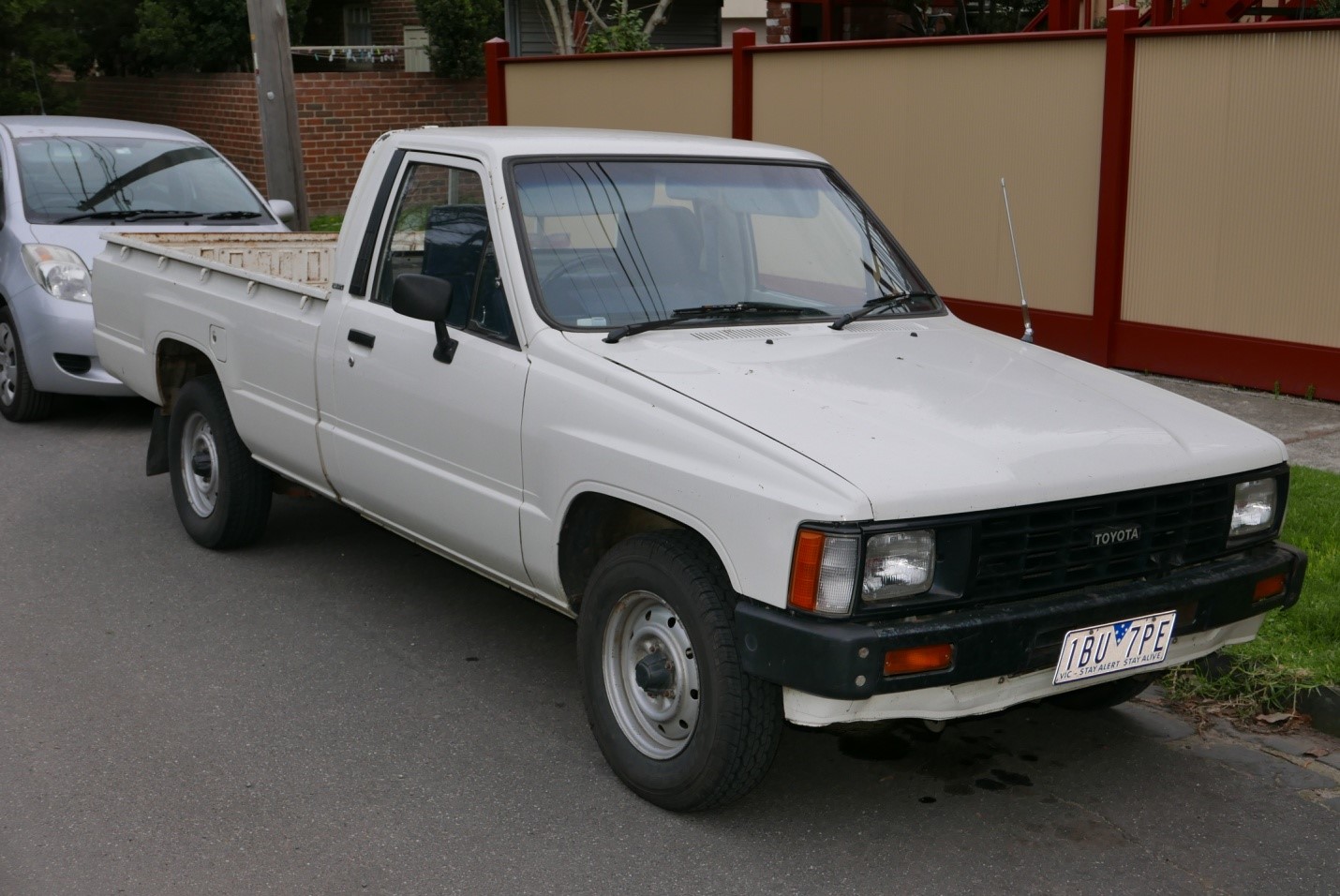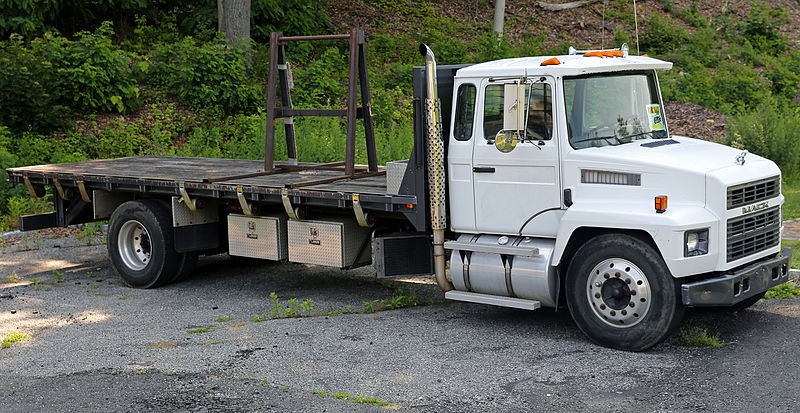Businesses that use light commercial vehicles are always looking for ways they can make the most of their investment. That means ensuring that the vehicles have a long life and that they are resistant to the rigors of day-to-day use.

The UK’s light commercial vehicle market is a very big one at the moment. Businesses both large and small rely on their vans, pickups and small trucks, and they want to maximise the use of their vehicles while protecting their investment at the same time. They also want them to look good as a vehicle’s appearance reflects on the company’s public image.
If you haven’t heard of Speedliner, you might be forgiven for thinking that it was some sort of fast aeroplane. However, it is a way of protecting the inside of your van or pickup truck.
What is it?
Unlike traditional rigid liners made from plywood or fibreglass, Speed liner is a spray-on coating. It’s made of a thick, hard-wearing polymer that protects the interior surfaces of the vehicles from knocks, abrasion, moisture and more.

The coating is seamless and resistant to chemicals and detergents used for cleaning. This means you can hose out your pickup load bed after a dirty job, for example, without risking corrosion or other damage. It’s UV-stable, too, so it isn’t going to fade or crack over time.
Available from suppliers like https://www.vehicle-accessories.net/interiors/van-linings/speedliner-euro-fr/, it comes in a range of 25 standard shades, and custom colours can be mixed as well.
Why use it?
Although it’s designed for vehicle use, the technology also has a number of other possible applications. It can be used on loading ramps – for disabled access to taxis, for example – as its surface is tough and non-slip. In fact, it can be used in a rage of applications where you need a non-slip surface, such as workshop floors, ramps, trailer beds and more.
The coating can be applied to a range of different surfaces beyond metal. Generally speaking, if you can paint it, you can apply this coating to it. It usually takes one to two days to complete the application process, but it may take longer in cold conditions. Once a surface is treated, it can carry light loads after 24 hours and is completely cured and usable after 72 hours.









